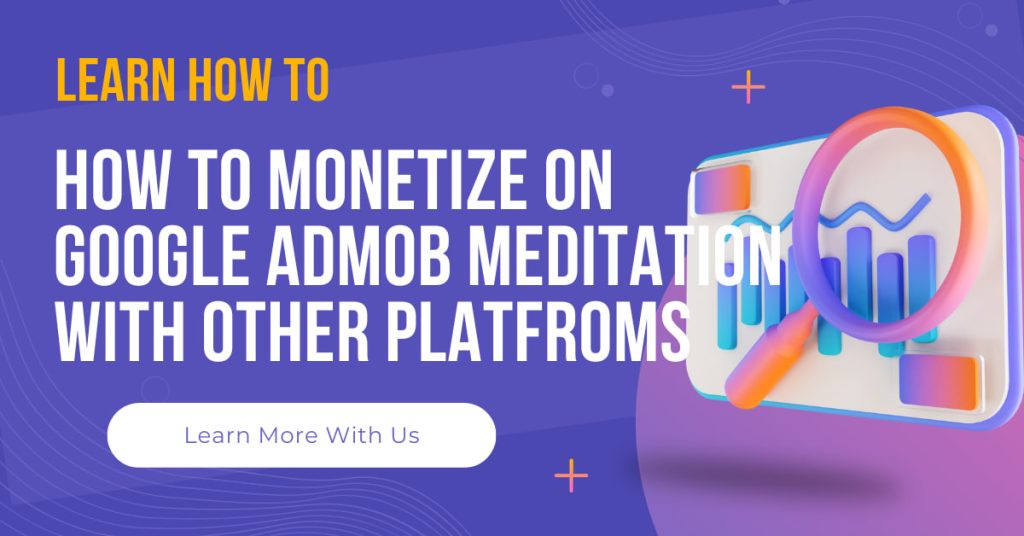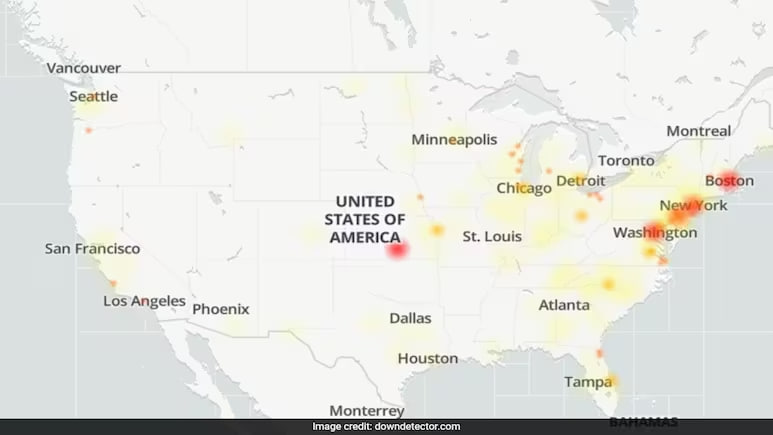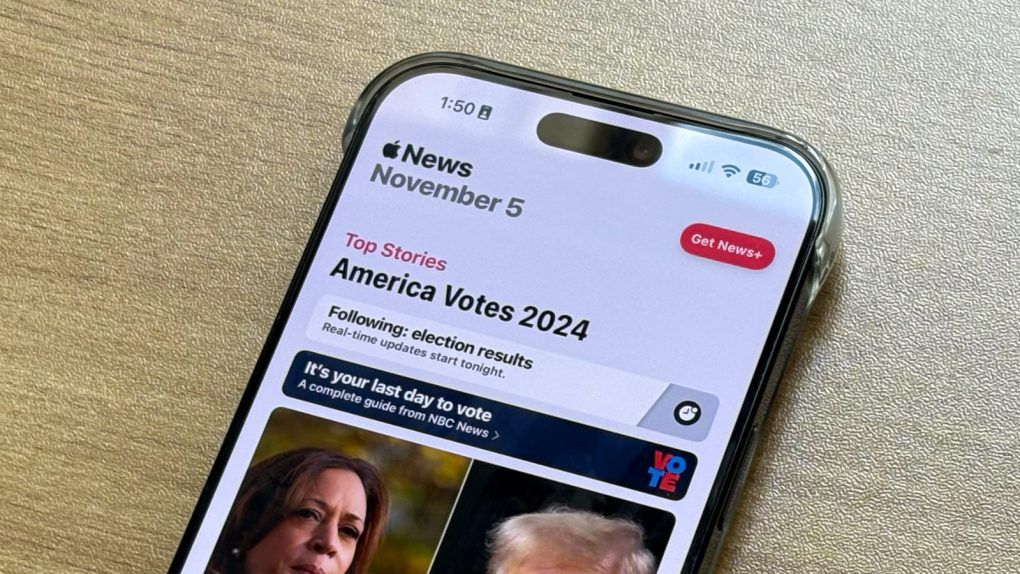Meditation apps have gained significant popularity as people increasingly seek ways to manage stress, improve mental well-being, and find moments of peace in their daily lives. If you’ve developed a meditation app, monetizing it through advertising can be a smart move. Google AdMob, alongside other platforms, offers excellent opportunities for app developers to generate revenue while offering valuable content to users. Here’s how you can go about it:
1. Google AdMob Integration
Google AdMob is a leading advertising platform for mobile apps, offering various ad formats and monetization strategies:
a. Sign Up and Integrate
Create an AdMob Account: Sign up for an AdMob account using your Google credentials.
Integrate AdMob SDK: Integrate the AdMob Software Development Kit (SDK) into your app. AdMob supports various platforms like iOS and Android, providing detailed integration guides for each.
b. Ad Formats and Placements
Choose Ad Formats: Select appropriate ad formats (banner ads, interstitial ads, rewarded ads) that suit your app’s user experience.
Strategic Placement: Place ads strategically within your app without compromising the user experience. For instance, display interstitial ads between meditation sessions or use banner ads in non-intrusive areas.
c. Optimize and Analyze
Optimize Ad Performance: Experiment with ad placement, frequency, and formats to maximize revenue without disrupting user engagement.
Track Performance: Use AdMob’s analytics tools to monitor ad performance, user behavior, and revenue metrics. This data will help optimize your ad strategy.
2. Diversifying Monetization
While AdMob is a robust platform, consider diversifying your monetization strategies to maximize earnings:
a. Subscription Models
Premium Content: Offer premium meditation content or features through subscription models. This can be in addition to the free content available, giving users an option to upgrade for an enhanced experience.
b. In-App Purchases
Additional Content: Sell individual meditation sessions, specialized courses, or exclusive content as in-app purchases.
c. Partnering with Other Platforms
Affiliate Marketing: Collaborate with other meditation-related platforms or wellness brands for affiliate marketing opportunities within your app.
Sponsorship and Partnerships: Explore partnerships or sponsorships with relevant brands or influencers in the wellness niche to promote their products or services within your app.
3. User Experience Considerations
While monetization is crucial, maintaining a positive user experience is paramount for sustained success:
a. Balance Between Ads and User Experience
Non-Intrusive Ads: Ensure ads are non-disruptive and blend seamlessly with the app’s design to prevent user annoyance.
b. Feedback and Iteration
User Feedback: Collect user feedback regularly to understand their preferences and pain points related to ads or monetization strategies.
Iterate Based on Feedback: Implement changes based on user feedback to create a more user-friendly and engaging experience.
4. Compliance and Policies
AdMob Policies: Adhere to AdMob’s policies and guidelines to prevent violations that could lead to suspension or loss of revenue.
Privacy Regulations: Stay compliant with data protection regulations (such as GDPR and CCPA) to ensure user data security and privacy.
5. Continuous Improvement
Stay Updated: Keep abreast of industry trends, technological advancements, and new monetization strategies to adapt and optimize your app’s revenue streams.
Monetizing a meditation app through Google AdMob and other platforms requires a delicate balance between generating revenue and providing a serene user experience. By implementing a well-thought-out strategy, continuously refining your approach, and prioritizing user satisfaction, your meditation app can become both financially rewarding and beneficial to your users’ well-being.






